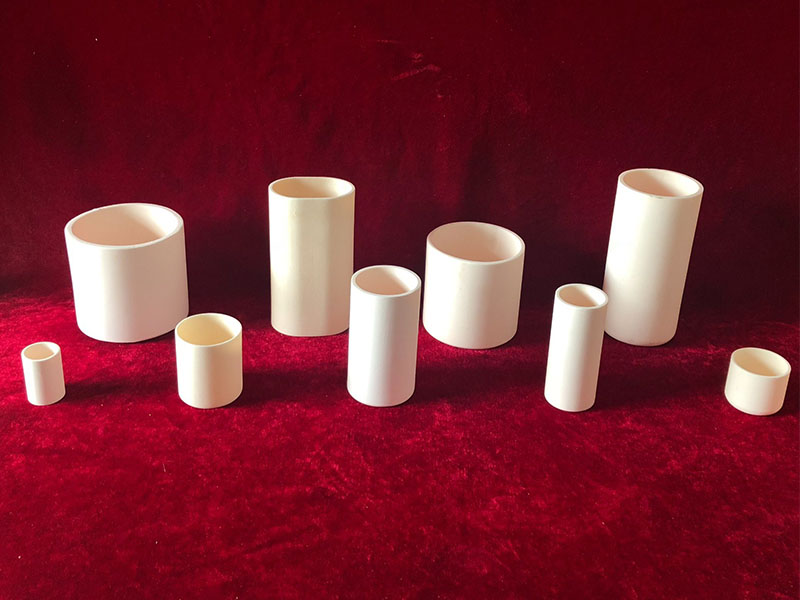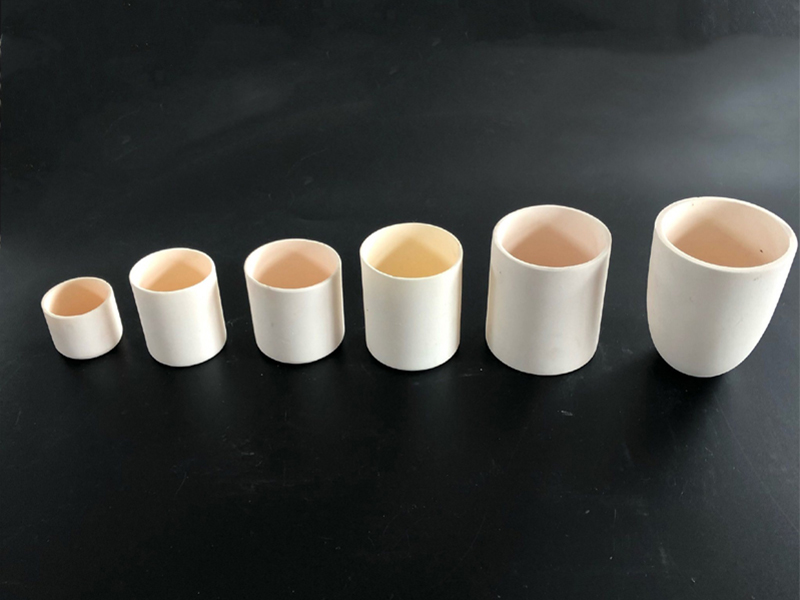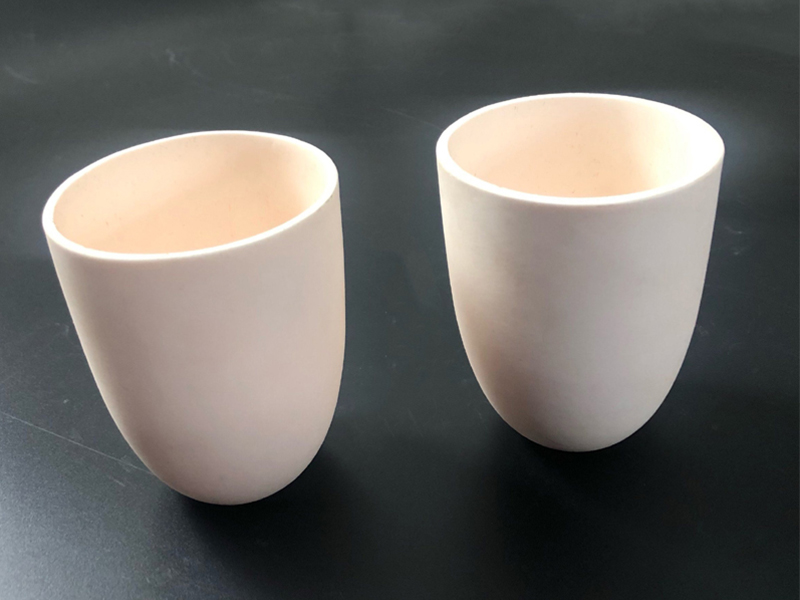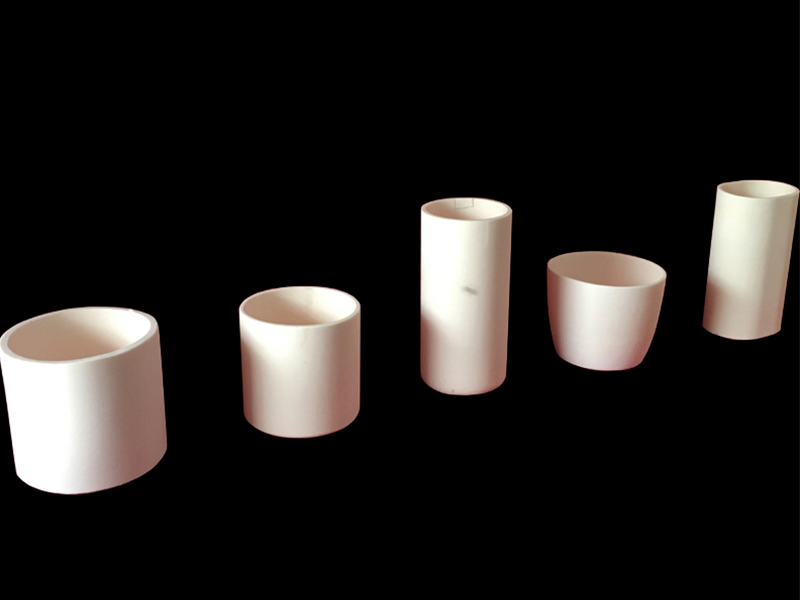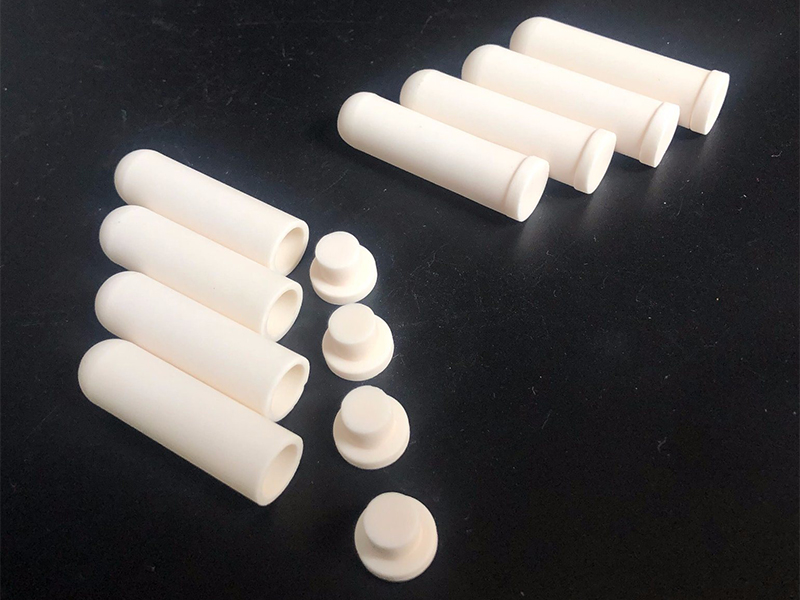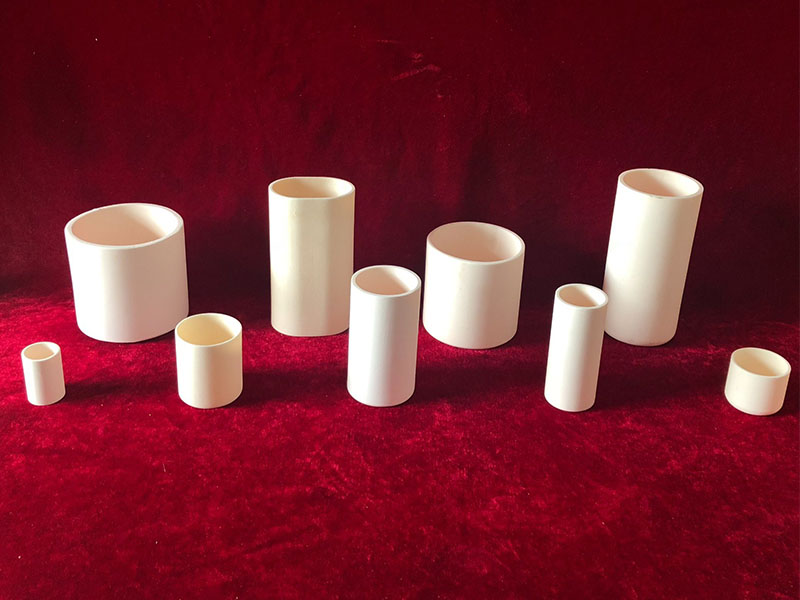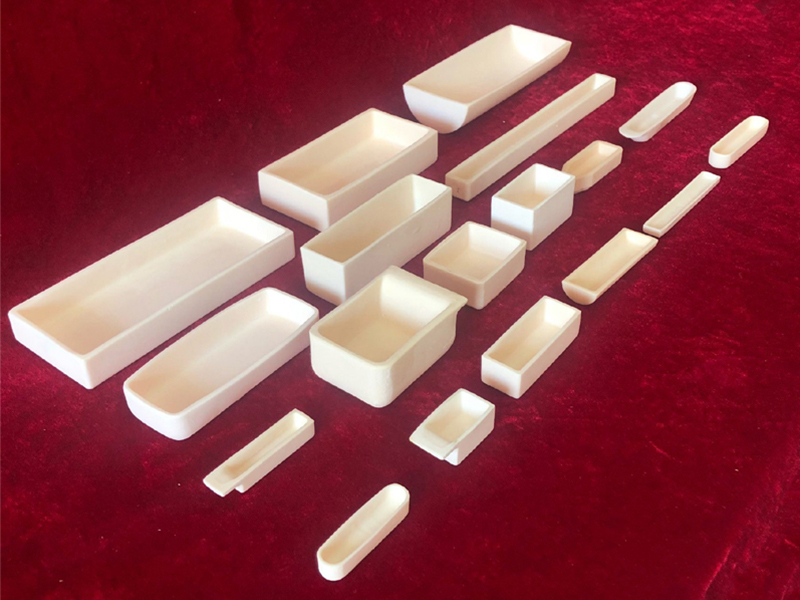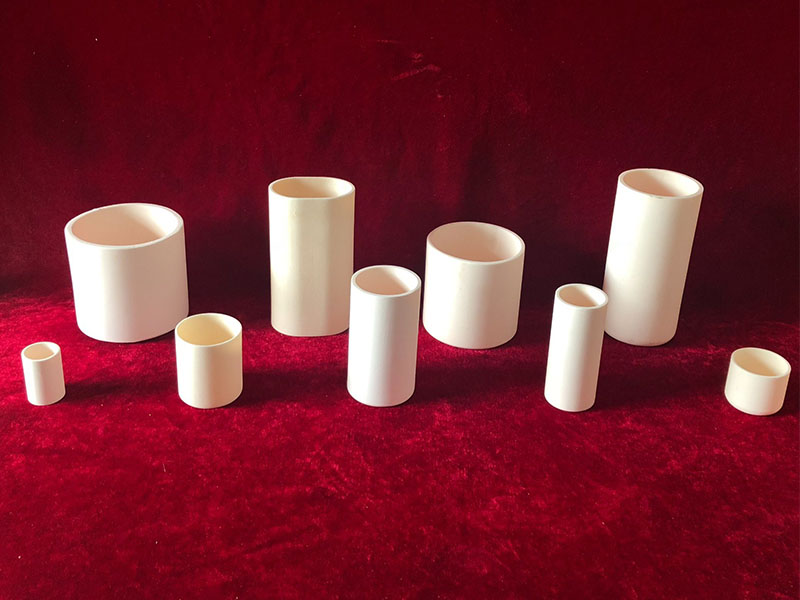1. High Thermal Stability: Alumina crucibles can withstand temperatures up to 1700°C, making them suitable for applications in extreme heat.
2. Chemical Resistance: Alumina crucibles are resistant to most acids, alkalis, and other corrosive substances, ensuring longevity in harsh environments.
3. Durability: Alumina crucibles hardness and mechanical strength provide excellent wear resistance.
4. Purity: High-purity alumina minimizes contamination, making these crucibles perfect for analytical and laboratory applications.
5. Cost-Effective: Given their longevity and durability, alumina crucibles offer great value over time.
Send Email
More
Menu
- Home
- Products
- Alumina Ceramic Tube
- Alumina Ceramic Crucible
- Alumina Rectangular Trays
- Alumina Ceramic Rods
- Alumina Ceramic Plate
- Alumina Ceramic Beads
- Alumina Ceramic Parts
- News
- Company News
- Case
- Factory Show
- Factory Scale
- New factory construction
- Contact Us
- About Us
- Company Style
- Certificate
- Exhibition
- FAQ
- Service
- Delivery
- Responsibility
Search


